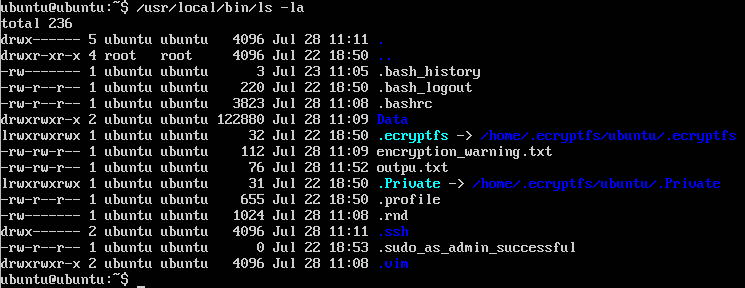0
The advanced security techniques of criminal hackers
Staying secure online is an essential concern, for individual users, businesses, and cybercriminals alike. That’s right: Basic IT security applies whether you’re protecting sensitive data at an upstanding, ethical organization, or you’re in the business of stealing data from those same organizations.After all, the business may be cybercrime, but cybercriminals are still operating a business, with all the associated worries. Criminals rely on operations security (opsec) to stay ahead of law enforcement and security researchers intent on dismantling their operations, but also to protect their criminal enterprises from competitors planning on sabotage.To read this article in full or to leave a comment, please click here
 Its Q2 earnings were impressive.
Its Q2 earnings were impressive. Bridging the transition to (and Google's desire for) 48-volt racks.
Bridging the transition to (and Google's desire for) 48-volt racks.
